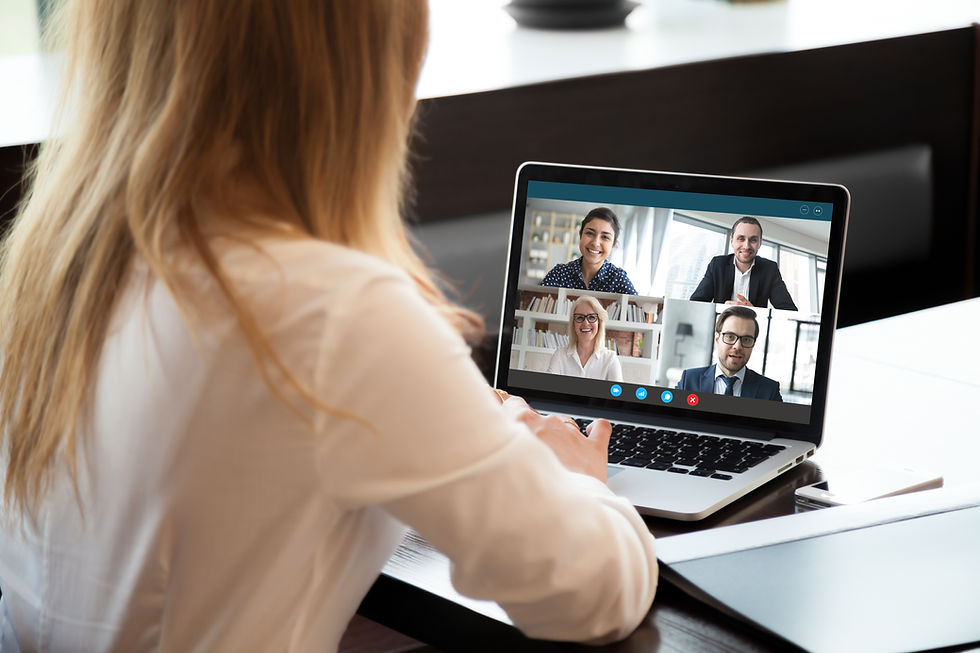Risks of Video Conferencing Software and How to Mitigate Them
- Risk Wizard Team

- May 5, 2021
- 2 min read
Just a few short years ago, video conferencing software to most of us was rather niche. Most of us have probably used Skype or video chat software to speak with friends and loved ones abroad from time to time, but really nothing compares to the massive shift towards working from home in 2020/21 and for the foreseeable future.
What this means is that names like Zoom, MS Teams, and other similar video conferencing software are now household names used by everyone from freelancers and independent business owners to large multinational corporations.
Is this software safe to use? What are the risks involved and how can you mitigate them?

Video Conferencing Security Concerns
For the majority of users, software such as Zoom doesn’t pose any immediate security concerns on a daily basis. But the rapid shift towards remote work has drastically increased the quantity of video conferences taking place at any given time.
Since Zoom uses a 9-11 digit password to protect each Meeting ID, all a troublemaker needs to do is randomly guess and they may enter the meeting. What do these people do? Sometimes, they may be simply there to antagonise in what is known now as ‘Zoombombing.’
Incidents of Zoombombing may simply be acting irrationally and disrupting the meeting, but even high-profile examples in government include new members joining the meeting and broadcasting hardcore pornography, for example.
To make matters even worse, the majority of Zoom conferences use no password protection at all. What happens if a malicious actor enters the conference and learns insider secrets, or learns about financial earnings before the reporting date? As you can imagine, security flaws can turn into costly nightmares for companies.
How Can I Reduce Risk From Video Conferencing Software?
Cybersecurity is essential for all of us these days. There’s simply too much sensitive data floating around the internet and we should all be respecting our own privacy. Business owners have even more of an interest since they are potentially dealing with thousands of sensitive data records of clients and customers.
Endeavour to do the following with regards to video conferencing:
Upgrade software to enterprise licensing if that’s your use case. Higher-end packages often come with more advanced security features well worth the additional cost.
Always, always, always, always use password protection!
Take some time out of your day to review security settings. Have an IT staff member assist you, especially if you use the software on a daily basis.
For relatively small meetings (less than 30 people, say) do a headcount and remove unwanted guests.
Use a waitroom feature if available (Zoom has a waitroom where guests must be admitted manually).
Only send or click on links sent from verifiable company email addresses. Phishing is on the rise.
Educate yourself and your colleagues on proper video conferencing etiquette with regards to security.
Ensure that you are using the most up-to-date version of the software.
Lastly, if you’ve been pranked or bombed it’s imperative that you take action immediately and remove the unwanted guest. In fact, as frustrating as it may sound, it may be safest to restart the entire conference using a new password to prevent unwanted entry.
Risk Wizard
Reduce workplace and organisational risk with professional risk management software such as Risk Wizard. Try our software today.




Comments